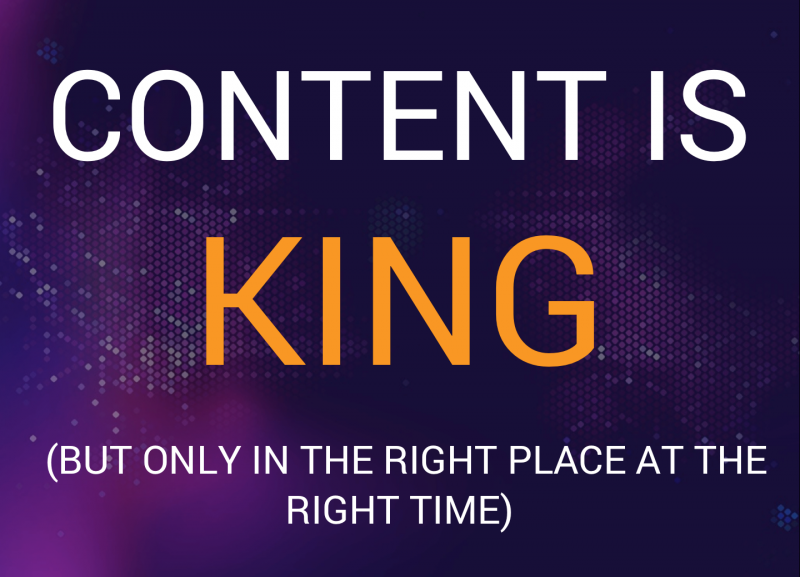
*You have landed on an old article, see our most up to date inbound marketing insights here. Or view our inbound marketing solutions.
For years now we have seen one marketing trend increase in popularity like no other. Inbound marketing, also known as content marketing, has proven itself as a type of marketing that consumers and clients love.
In the digital age, marketing has to continually evolve to keep up with changes in lifestyle. The Internet has empowered the consumer to be able to choose when, where and from whom they see marketing efforts which can make traditional outbound marketing seem intrusive and interruptive. There's also an increasing number of ways to block outbound marketing, such as ad-blockers, catch up TV and caller ID. That's why outbound marketing currently generates less than 10% of all clicks on the web, with inbound snapping up the other 90%.
What we do know is that the Internet is a two-way medium. Consumers are both searching for known products and services and learning about new ones. Inbound marketing harnesses the power of this two-way communication.
What is inbound marketing?
• Content creation and distribution - Brands create and plan targeted content, such as blog posts, white papers and their social media channels and share it with current customers and future ones.
• Lifecycle marketing - The methodology of inbound marketing follows a cyclical process that converts strangers to leads, leads to customers and customers to promoters of a brand. At each stage of the buyer process, there is an action for marketers to take and KPIs that measure the success.
• Personalisation - The more tailored your content is, the more valuable it will be to consumers.
• Multi-channel - You have to approach customers where they already are, whether that is on your website, a search engine or on social media.
• Integration - You need to integrate all your content, publishing and analytic tools to make sure you are publishing the right content at the right time, in the right place.
• Focus on getting found - The crucial difference between inbound and outbound marketing is that by creating content of value, you start to earn your reach. You will also earn the customer satisfaction that leads to customers becoming promoters.
The tools used in inbound marketing
• Blog posts
• Keywords
• Social publishing
• Forms
• Calls to action
• Landing pages
• CRM
• Workflows
• Surveys
• Smart content
• Social monitoring
So where's the proof that investing time and money in inbound marketing is worthwhile?
• Companies report gaining 54% more customers through inbound marketing than through outbound (Source: Voltier Digital)
• On average, a lead gained through inbound costs 62% less than one through outbound (Source: Voltier Digital)
• In 2014 74% of B2B companies increased their inbound investment compared to last year (Source: State of Inbound report)
• 80% of small businesses will invest in inbound this year
• Inbound marketing channels can deliver up to 30 times the campaign conversion rate of traditional outbound direct-mail campaigns (Source: CRM Daily)
Get in touch with CG today to see how we can help you with your inbound marketing.
If you would like to discuss how Carswell Gould could help, our team of experts are keen to chat. Fill in your details below and we'll be in touch shortly.